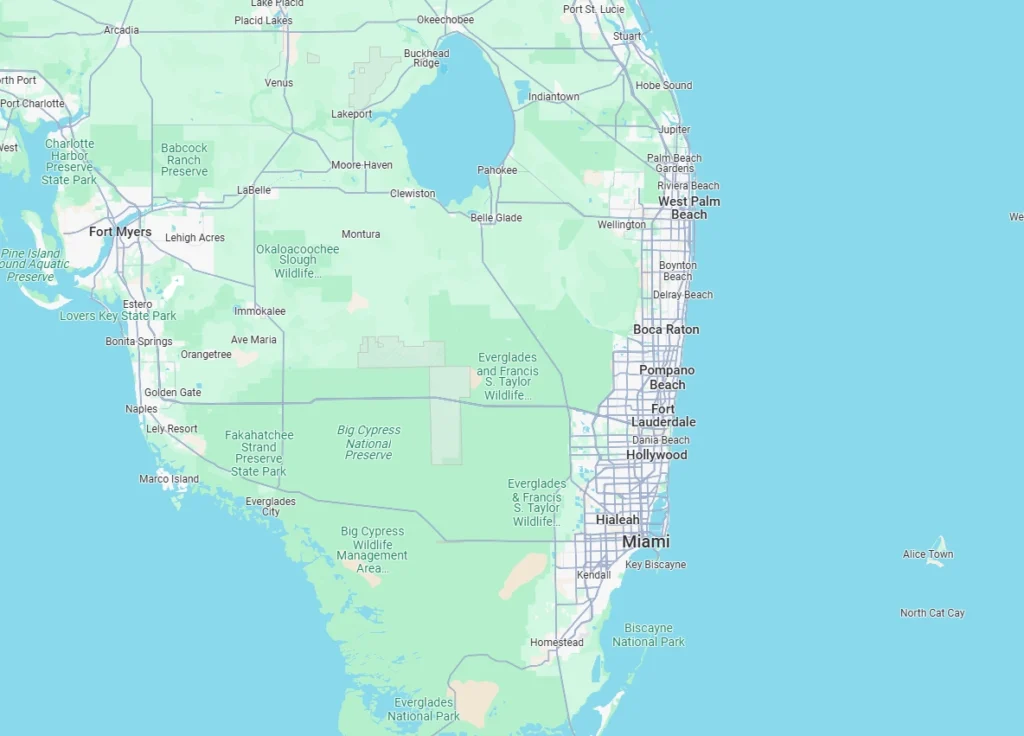Skip the confusion. Get honest answers and personalized solutions from someone who’s been there.
Call Yvonne!
954-646-3666
Let’s find coverage that fits your life and budget. I’ll show you all your options – and potential savings – with no obligation.

Providing quality health insurance for your employees doesn’t have to strain your business budget. Affordable employer health plans allow you to offer competitive benefits that attract and retain talent while managing costs through strategic plan design, smart contribution strategies, and cost-effective coverage options. The key is finding the right balance between comprehensive coverage and budget-friendly solutions that work for your business.
At Heaven Insurance Consultants, we understand that South Florida employers need health insurance solutions that provide excellent employee benefits without compromising business financial stability. That’s why we specialize in helping businesses discover affordable employer health plans that deliver value for both employers and employees while staying within realistic budget parameters.
Finding affordable employer health insurance requires expertise in cost management strategies, plan design options, and creative solutions that maximize value while minimizing expenses.
We provide comprehensive education about cost-effective employer health insurance options and strategies for managing healthcare benefit expenses. Our team stays current with affordable plan designs, cost-sharing innovations, and budget management techniques to ensure you receive expert guidance for affordable benefits solutions.
Understanding affordable health insurance requires evaluating cost-control mechanisms, contribution strategies, and plan features that provide maximum value. We help you design employer health plans that offer quality benefits while fitting your business budget and cash flow requirements.
As your trusted South Florida insurance consultants, Heaven Insurance Consultants understands the affordable health insurance landscape in Palm Beach County and surrounding areas. We know which carriers offer competitive rates for small and mid-size employers, which plan designs provide the best value, and how to structure benefits for maximum affordability.
We believe in providing thorough education about all cost management strategies available for employer health insurance. Our goal is to ensure your expectations are met in a meaningful, clear manner, so you understand how to balance comprehensive benefits with budget constraints effectively.
Our efficient approach helps you implement affordable employer health plans that provide excellent employee benefits while controlling costs. We analyze different cost-sharing options, contribution models, and plan features to create affordable solutions that work for your business and employees.
Our relationship doesn't end when you enroll. We provide year-round assistance whenever you have questions about cost management, need help with plan adjustments, or want guidance on maintaining affordable benefits while meeting employee needs.
We make getting insured simple with a fast, no-fuss process. While we handle the details, you stay informed every step of the way - so you get coverage without waiting.
We’re always available to assist you - day or night. From coverage questions to claims help, our team provides prompt, professional support whenever you need it.
Affordable employer health insurance focuses on providing quality health benefits while managing costs through strategic plan design, smart cost-sharing arrangements, and efficient administration. The goal is creating sustainable benefits programs that businesses can maintain long-term.

Cost Management Strategies
Value-Driven Benefits
Affordable employer health insurance works well for businesses that:
Several plan types and design strategies can help employers provide quality health benefits while managing costs effectively.
Lower Premium Structure
HDHP Implementation Strategies
Hybrid Cost Structure
Level-Funded Plan Benefits
Cost Control Mechanism
Traditional Small Group Plans
Association Health Plans
Effective cost-sharing between employers and employees can make quality health insurance affordable for both parties while maintaining comprehensive benefits.
Percentage-Based Contributions
Dollar Amount Contributions
Deductible Strategies
Innovative Cost-Sharing Models
Workplace wellness programs can significantly reduce healthcare costs while improving employee health and satisfaction.
Health Screening and Assessment
Financial Incentives
Program Design Elements
Modern technology platforms can help employers manage health insurance costs while improving employee experience and administrative efficiency.
Digital Enrollment Platforms
Employee Communication Tools
Healthcare Cost Transparency Tools
Utilization Management Technology
Implementing affordable employer health plans requires understanding compliance requirements while maximizing cost-saving opportunities.
Employer Mandate Requirements
Plan Design Compliance
Florida Insurance Regulations
Tracking the effectiveness of affordable employer health plans helps ensure continued success and identifies opportunities for improvement.
Cost Management Metrics
Employee Satisfaction Measures
Annual Plan Optimization
Small businesses can make health insurance affordable through high-deductible health plans with HSA contributions, level-funded plans, association health plans, strategic cost-sharing, wellness programs, and tax credits. The key is finding the right combination of plan design and cost management strategies.
High-deductible health plans (HDHPs) often provide the most cost-effective option, especially when paired with employer HSA contributions and wellness programs. Level-funded plans can also be cost-effective for groups with good claims experience.
Employer contributions typically range from 50-80% of employee premiums, though this varies by business size and industry. The key is finding a sustainable contribution level that attracts employees while fitting your budget.
Yes, well-designed wellness programs can reduce costs by improving employee health, reducing claims, and qualifying for insurance discounts. The key is implementing comprehensive programs with meaningful incentives and measuring results.
Employers with 50+ full-time equivalent employees must offer affordable, minimum value coverage or pay penalties. Smaller employers aren't required to offer coverage but must meet certain standards if they choose to provide benefits.
HDHPs have lower premiums in exchange for higher deductibles. When paired with HSAs and wellness programs, they can significantly reduce total healthcare costs while maintaining comprehensive coverage for major medical expenses.
Effective strategies include graduated employer contributions based on plan choice, wellness-based incentives, HSA contributions for HDHP participants, and tiered cost-sharing that rewards cost-effective healthcare choices.
Technology reduces costs through efficient administration, employee education, cost transparency tools, telehealth options, and data analytics that identify cost-saving opportunities and improve healthcare decision-making.
Look for carriers with competitive rates, strong local networks, effective cost management programs, good customer service, wellness program support, and technology platforms that help control costs.
Review your strategy annually before renewals, but also monitor costs and employee satisfaction quarterly. Major reviews should occur when experiencing significant business changes, employee feedback, or market shifts.

Don’t let budget constraints prevent you from offering competitive employee health benefits. Heaven Insurance Consultants specializes in helping South Florida businesses discover affordable employer health plans that provide excellent coverage while managing costs effectively.
Our affordable health plan expertise includes:
Don’t risk losing employees to competitors with better benefits or overpaying for coverage that strains your budget. Contact Heaven Insurance Consultants today to explore affordable employer health plans and build a sustainable benefits program that works for your business and employees.
Ready to provide affordable, quality health benefits? Contact Heaven Insurance Consultants ☎️ +1 (954)646-3666 for your free affordable health plan consultation and cost analysis.
Heaven Insurance Consultants proudly helps businesses throughout South Florida understand and implement affordable employer health plans that balance quality coverage with budget management. Our expertise in cost-effective health insurance and deep understanding of Palm Beach County’s business community ensures you receive expert guidance tailored to your financial parameters.
We serve cost-conscious businesses in Boynton Beach, Delray Beach, Boca Raton, West Palm Beach, Wellington, Lake Worth Beach, Lantana, Ocean Ridge, and surrounding South Florida communities. Our local knowledge helps you find affordable solutions that work with area providers and meet your business budget requirements.
Contact us today to learn why South Florida businesses trust Heaven Insurance Consultants for affordable employer health plans that deliver value for both employers and employees.
